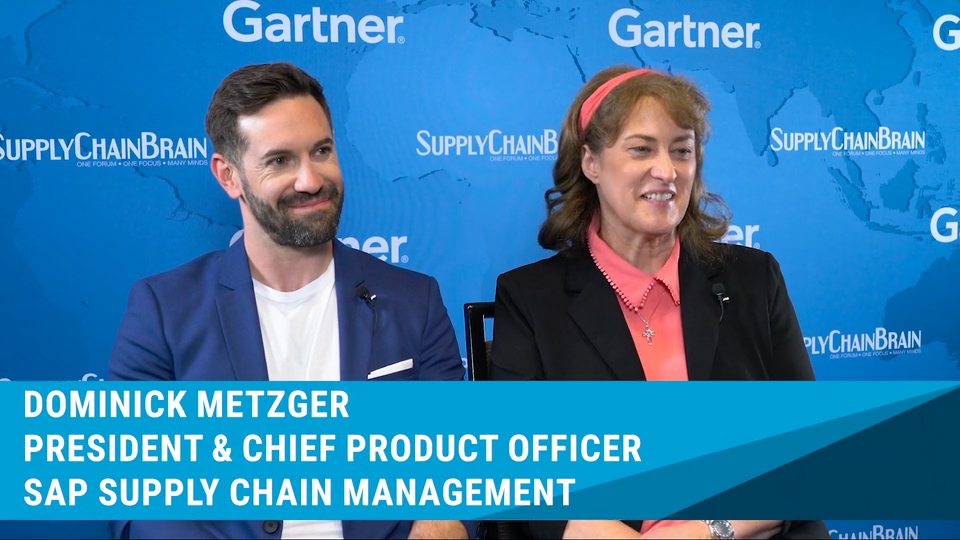
A case study about integrated business planning with Gretchen Talley, global supply chain planning process owner with PepsiCo, and Dominick Metzger, president and chief product officer with SAP Supply Chain Management.
PepsiCo was burdened with a “mishmash” of different process-planning systems, ranging across business units and markets, Talley says. The company was looking to integrate planning in line with an “end-to-end vision” of its supply chain.
PepsiCo already was using the S/4HANA enterprise resource planning application from SAP, so it was a logical move to approach the same vendor about supply chain planning. It had already tried out the inventory-optimization module of SAP Integrated Business Planning, “and loved our experience there,” says Talley. “So moving into the rest of the IBP suite end-to-end made total sense to us.”
Metzger acknowledges PepsiCo’s ambition to achieve detailed “state-of-the-art” planning across its global business operations. With S/4HANA serving as the core ERP, the addition of end-to-end planning was “a good natural fit,” he says.
Talley says PepsiCo is using the IBP suite to plan not just for its own production locations and warehouses, but also for its co-manufacturing partners and material suppliers. “It’s totally integrated,” she says.
Implementation involved the building of a template, tested with data from all of PepsiCo’s businesses, followed by application of the tool to each of the company’s distinct markets and product lines. The goal, says Talley, was to create “a single source of truth,” while still allowing for the “breathing room” needed to differentiate multiple brands and markets.
The result of the initiative, Talley says, has been “the end-to-end threading of demand throughout the system in native integration.”